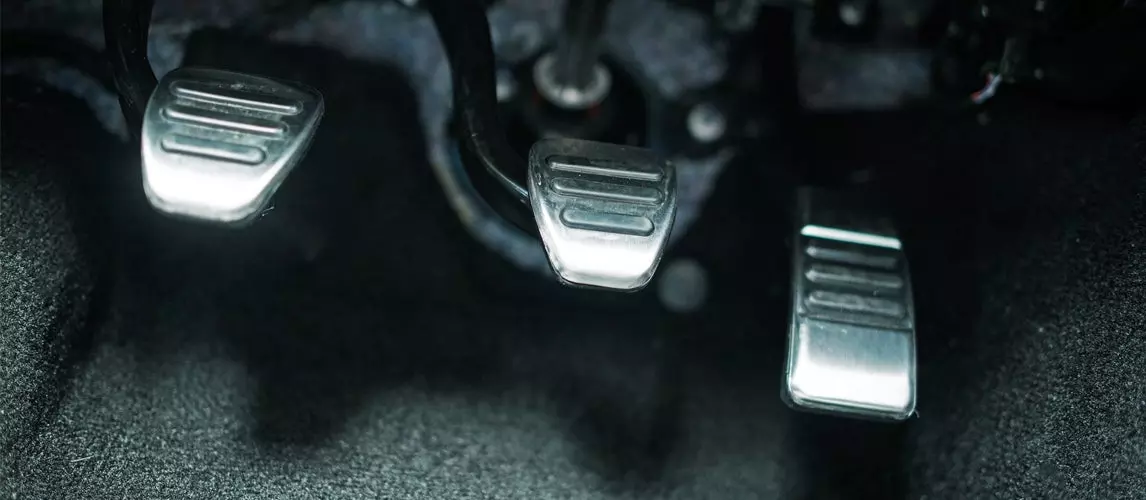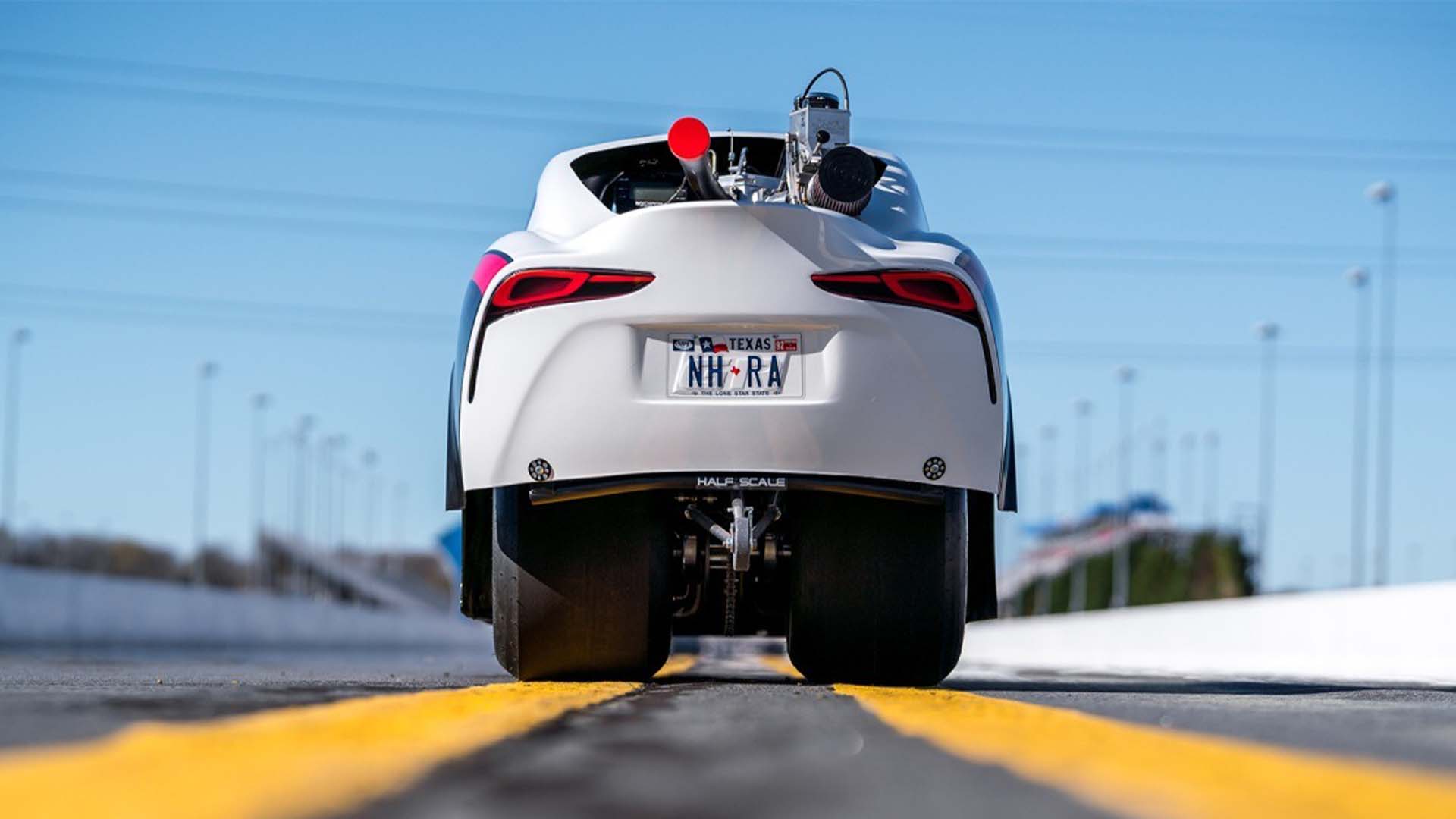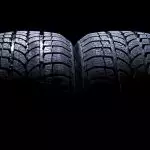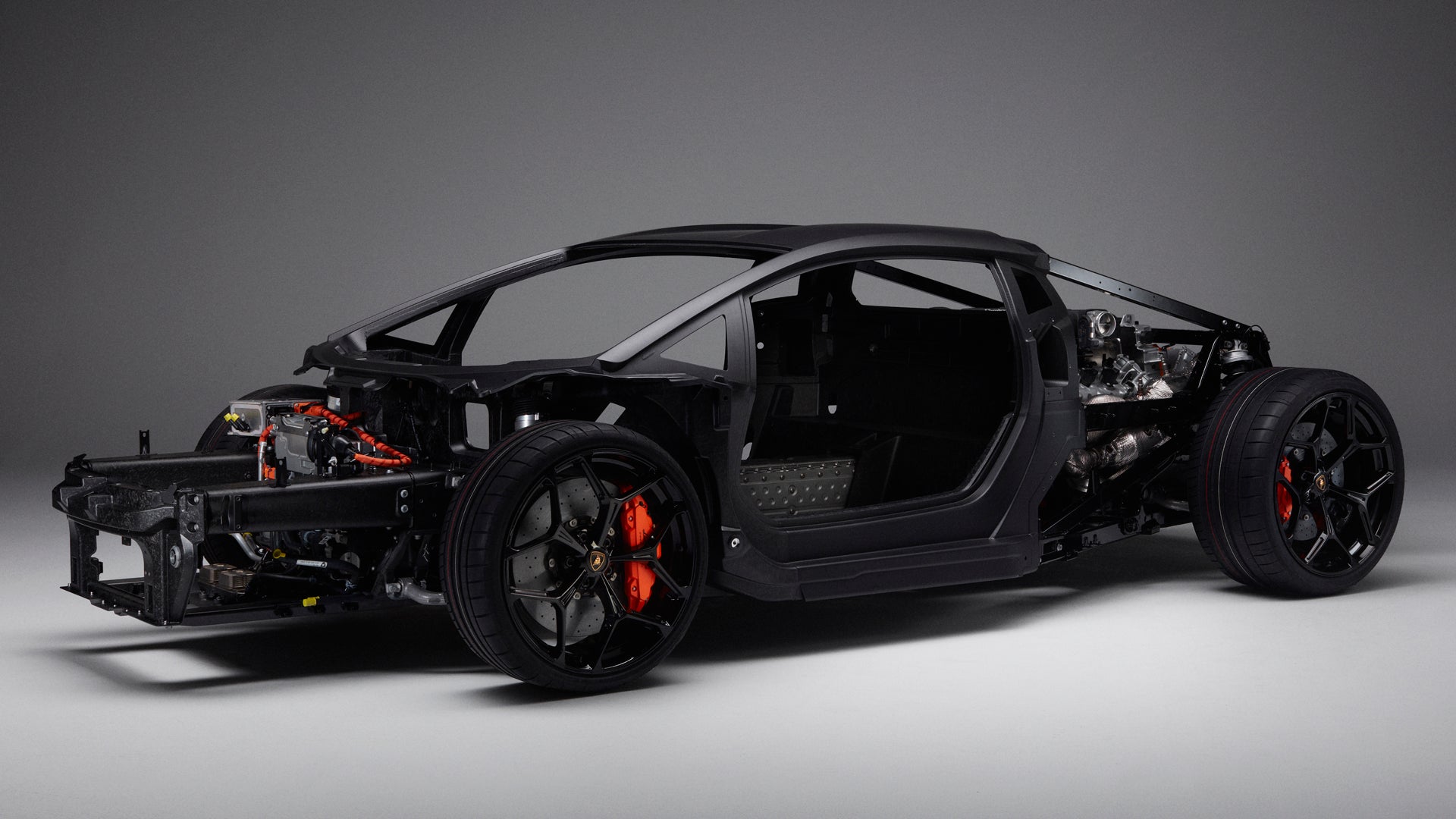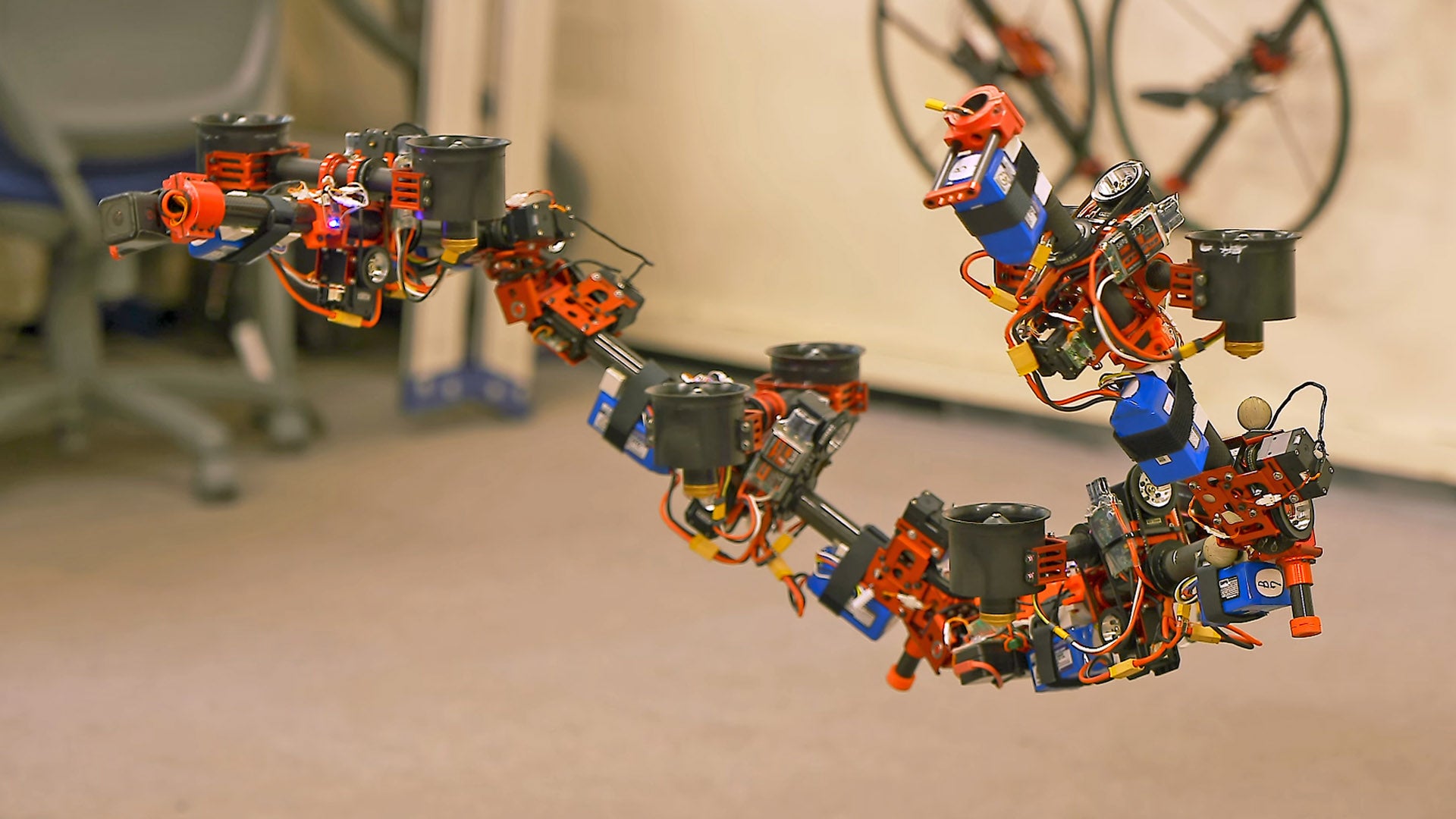Owners of vehicles with manual transmission are very familiar with the clutch in their rides. As it turns out, even automobiles with automatic transmission have a clutch as well, often as part of the torque converter. The thing is that majority of today’s mechanical devices have a clutch mechanism. From cordless drills to chain saws and even some of the yo-yos that your kids love to play with, these items have some form of clutch. The surprising thing is that we don’t usually put so much thought into how such a component works. It is only when we experience some issues in our rides that we start thinking about what this device actually does. Let’s find out some more about this important, albeit often misunderstood part of our vehicles.
Understanding the Clutch
To answer your question “what is a clutch?”, let’s try imagining a yo-yo-like device that has two discs on opposite ends of a rod. The discs are connected to shafts, one of which is either a pulley or an engine while the other is connected to another device. Technically, these discs and their corresponding shafts rotate. The clutch allows these two systems to rotate together by locking them together. As such, when one of the discs or shafts spins, the other shaft at the opposite disc also spins. The clutch locks these two components together so their movements are in-sync with each other.
Now, there are instances when you would want one of these discs or shafts to stop rotating without causing the other disc and shaft to cease in its rotation as well. The clutch will disengage the “lock” so that the rotational energy coming from one shaft doesn’t get transmitted to the other. In a way, one of the shafts stops spinning while the other continues to do so.
This is the same mechanism that occurs in your wireless drill. One shaft is connected to the motor of the drill while the other one is connected to the drill chuck. When you engage the clutch, you are effectively releasing the “locked” status of the two components. So, your drill motor may still be running, but the drill chuck is no longer spinning.
This is practically what happens with the clutch system in your car. One side of the clutch is connected to the engine via the crankshaft which spins as energy is produced from the up-down motion of the pistons inside the cylinders. On the other side of the clutch is a shaft that connects it to the gearbox or your transmission which, in turn, transmits the rotational energy from the engine to the wheels.
In like manner, the manual clutch will also try to “disengage” the locked component so that the engine is still running, yet there is no rotational energy being transmitted to the gearbox and into the wheels. Can you imagine if there’s no clutch in your vehicle? You will be perpetually moving. The moment your engine starts producing energy, it will already be rotating the crankshaft and transmitting rotational energy to the wheels via the transmission.
So, what does a clutch do? Putting it in very simple words, a clutch transmits the rotational power generated by the engine to the gearbox. In like manner, it also allows for this rotational power to be “interrupted” especially when selecting or engaging gears.
A very important concept when it comes to clutches is friction. By definition, friction refers to the resistance that a particular surface encounters when it is moved over or against another surface. Friction is related to the presence of peaks and valleys present on any surface. Friction is, thus, directly proportional to the extent of peaks and valleys.
This is important since clutches work on the principle of friction. In automotive clutches, friction occurs between the flywheel and the clutch plate.
How an Automotive Clutch Works
There are 4 important components of an automotive clutch. These include the pressure plate, the cover plate, the release bearing, and the driven plate. The cover plate also comes with a diaphragm spring.
The clutch’s cover plate is bolted or fixed into the flywheel on the engine side of the clutch. The pressure plate applies or exerts pressure on the clutch’s driven plate. If you have an old vehicle, then this is accomplished by coil springs. Newer vehicles typically come with a diaphragm spring which applies pressure to the driven plate. The latter runs on a splined shaft that is located between the flywheel and the pressure plate. Both sides of the driven plate have friction material which the pressure plate and flywheel can rub against when fully engaged. It is also for this reason that the driven plate is called the friction plate. The function of the release bearing is to release spring load either by a cable or hydraulic controls so that power transmission can be interrupted.
Now that we have a basic idea of what comprises the clutch in your vehicle, it’s time to answer the most nagging question of all, “how does a clutch work?”
Every time you depress the clutch pedal, the release fork is pushed by a hydraulic piston or a cable. This presses a release bearing which pushes it towards the middle of the diaphragm spring. What happens next is that a number of pins located just outside the spring pull the clutch pressure plate. As the pressure plate is pulled from the friction or driven plate, there is no more friction between the driven plate and the flywheel. This results in the interruption of the rotational power that is being transmitted by the flywheel to the gearbox. With this interruption in power transmission, the gears can be easily changed in a process we know as shifting gears.
If the clutch is fully engaged, the pressure plate exerts constant rotational force on the friction plate. Since the pressure plate is technically bolted to the flywheel which, in turn, is connected to the engine, the driven plate also spins so that it can transmit the rotational energy to the gearbox.
Do Vehicles With Automatic Transmission Have Clutch?
We mentioned in the beginning of this article that even automatic transmission vehicles have clutch as an integral part of their torque converter. However, you won’t normally hear people talk about an automatic transmission clutch. Surprisingly, only mechanics will call them as such.
Remember that the main job of a clutch is to allow for momentary interruption of the rotational power coming from the engine to the gearbox so you can easily stop the movement of your vehicle without necessarily stopping your engine. That being said, automatic transmission vehicles should also have a system that is similar to a clutch so that you can keep your engine running even while you are at a stationary position.
The clutch in vehicles with automatic gearboxes is found in a piece of technology called the torque converter. This device sits between the engine and the gearbox. Technically, the torque converter is to automatic cars as clutch is to manual transmission vehicles. The torque converter consists of a turbine, a stator, a lock-up clutch, and an impeller.
Since one of the principal functions of a clutch is to allow for the changing or shifting of gears by interrupting the rotational power transmission from the engine to the gearbox, it is important to understand how automatic transmission vehicles change gears. This is accomplished by the planetary gear set which are a set of gears that rotate around the main gear. Clutches have to be applied to keep these gears from moving, allowing for the more efficient change in gear ratios even if you don’t need to engage a different gear. For example, driving in “D” automatically engages the clutches every time there is a need for a different gear ratio. This occurs even if you don’t change the shift lever from D to 1 or 2.
So, yes, automatic transmission cars and trucks also have clutches; although not in the way that we know them in manual transmission vehicles.
Common Problems with Clutches
Automotive clutch technology has come a long way since it was first used in the cars of the early 20th century. Clutches of cars of the mid-20th century typically lasted about 50 to 70 thousand miles. Modern clutches can exceed that with some reaching even up to 100,000 miles. The key, however, is the correct use of such a device and the observance of proper maintenance. Without such meticulous care, your clutch could already be a goner with less than 35,000 miles in your odometer. This is especially the case with trucks that are consistently pushed beyond their limits.
- Slipping Clutch
Since the function of the clutch is inherently tied to its ability to create friction, the most common clutch issue is associated with the friction surface wearing out. The friction plate is not really that different from the shoes of your drum brake or even the brake pads on a disc brake system. These friction materials eventually wear away. As the friction material on the friction plate of the clutch starts to wear, you will begin to notice your clutch slipping. Over time, the clutch will no longer be able to transmit the rotational power from the engine straight to the gearbox and into the wheels.
- Sticking Clutch
There is also the issue of the clutch sticking. This means that when you depress the clutch pedal, its clamped position is not released properly. As such, the shaft will still keep spinning, preventing you from changing gears. This can cause the clutch to grind. This can be caused by a number of issues such as a leaking slave clutch cylinder or even a defective or leaky master clutch cylinder. It is also possible that you have an overstretched or even broken clutch cable. Clutch sticking can also be caused by misadjusted linkage, the presence of air in the clutch hydraulic line, or even a mismatch of clutch components.
- Hard Clutch
Another problem that is common in clutches is what is known as a “hard” clutch. You’ll know this in an instant since it will take you a significant amount of effort just to depress the clutch pedal. A hard clutch can be a symptom of problems in the pivot ball, the pedal linkage, the cross shaft, or even the clutch cable. Sometimes, worn-out seals or even blockage in the clutch hydraulic system can also lead to hard clutch.
- Rumbling Clutch
Whenever you engage your clutch and you hear a distinct rumbling sound, there’s a chance that your clutch release bearing is already worn out. This bearing is what is needed to push the pins on the spinning pressure plate so that it is released from the driven or friction plate.
Related Post: Best Driving Shoes
How to Diagnose a Clutch Problem
Zeroing in on a clutch problem can be quite challenging especially for newbie car owners who may not have an inkling of what to look for. Since the clutch is essentially a bridge between the engine and the transmission, any noise coming from this section may actually be coming from either the engine or the transmission. Good thing there’s a very simple way for you to identify if you have a clutch issue or some other problem.
First, put your car in neutral and engage your parking brake. Start your engine until it warms up. Let it run idle. Do not step on the clutch pedal. If you hear a growling noise while the engine is idling, your problem might be the transmission.
If you don’t hear any noise while the engine is running at idle, slowly depress the clutch pedal until midway without engaging or shifting the gear. Try to listen for any noise such as a chirping sound as you depress the clutch pedal. If you hear such noise, then your issue is the clutch release bearing.
If there’s no noise as you depress the clutch pedal, try depressing the clutch pedal straight to the floor. If you hear a noise that sounds like squealing, then you may have a problem with the pilot bearing.
Your clutch is a bridge between your engine and transmission. Knowing how it works should help you understand better how to properly care for it.
Sources:
- How Clutches Work – howstuffworks
- How to Drive Manual – wikiHow
